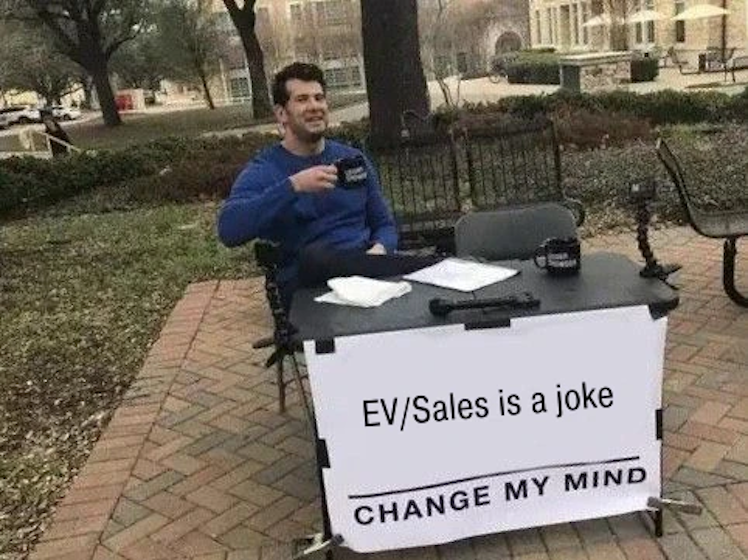Trending Assets
Top investors this month
Trending Assets
Top investors this month
Fintech Dilemma
This is a passage from my weekly newsletter. If you're interested in this content yet didn't sign-up for free, here's the link.
---
After being valued at US$45.6 billion in June of 2021, WSJ reported that Klarna is close to announcing a new offering at a US$6.5 billion valuation — ~85% permanent impairment of capital in a year.
After failing to get significant traction, trying an offer at a US$20-US$25 billion valuation and cutting 10% of its more than 7,000 workforces, the management finally accepted a realistic valuation.
Contrary, in a rare appearance, David Vélez, Nu’s CEO, gave an interview to the FT. While many fintechs appear desperate to raise cash, Nu is out hunting for accretive M&As. According to the CEO:
> “Some of the M&A conversations we had 12 months ago are coming back at a 70 percent discount . . . We’ll be looking to do more M&A.”
For the market, the reduced valuation reflects a more comprehensive route in the fintech space. In addition, surging inflation has led investors to take a more cautious approach, stemming the flow of easy money.
However, operating in LatAm has always been the survival of the fittest. Those companies never saw more than four years of stability without inflationary pressure and wealth destruction.
Nu issued its first transactional card in 2014. It took four years for them to get a financial institution license, which happened by presidential decree.
Yet, the Brazilian Central Bank obligated Nu to keep an RWA above incumbent banks, even though the company reports under the IFRS9, which binds them to provision losses upfront. For thriving for almost a decade, being average isn’t enough.
Most credit fintechs that received massive funds after Covid-19 underestimated the risk of scaling up a credit operation.
Unintentionally, the regulatory constraints might have helped Nu. It took so long for them to operate the credit business that they had enough time to streamline the underwriting policy and build up their own credit bureau. Ironic.
Nevertheless, focusing on developing the product before investing aggressively in growth was right. Still, management takes only half of the blame.
The modus operandi in the VC industry is very well known. You invest in a company wondering about the subsequent funding round.
For early-stage companies, that makes perfect sense. Otherwise, if you seed a company that never raises funds again, it’s worth zero.
What changed in the last years was how capital market analysts analyze growth stocks. They started evaluating those firms as VCs. That is a gross mistake.
But analysts are not totally wrong. As a buy-side analyst, you have 15-30 companies under coverage. How the heck will look each one individually with the necessary granularity and short deadlines.
The industry is wrong. The complexity of evaluating companies increased significantly in the past decade, although deadlines became shorter year after year.
Honestly, no idea what the solution is, but we hope the recent drawdowns might have worked as a wake-up call for PMs and GMs. EV/Sales is a joke.

www.ft.com
Brazil’s Nubank plots consolidation in Latin America’s booming fintech sector
Chief executive says digital lender is on the hunt for bargain acquisitions
Already have an account?